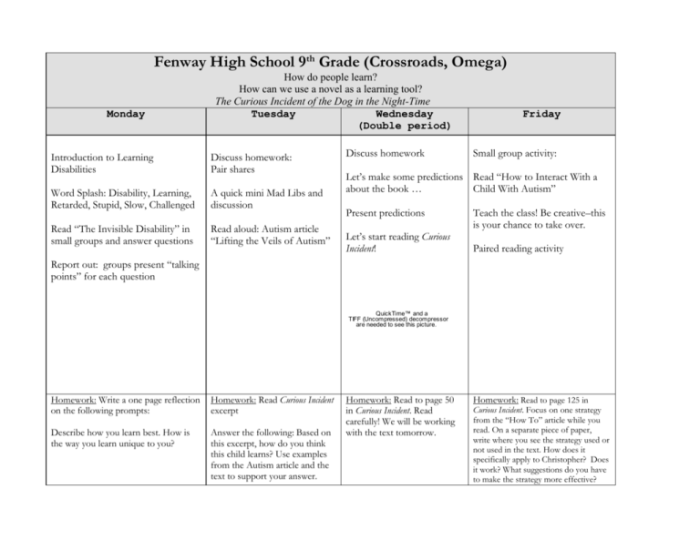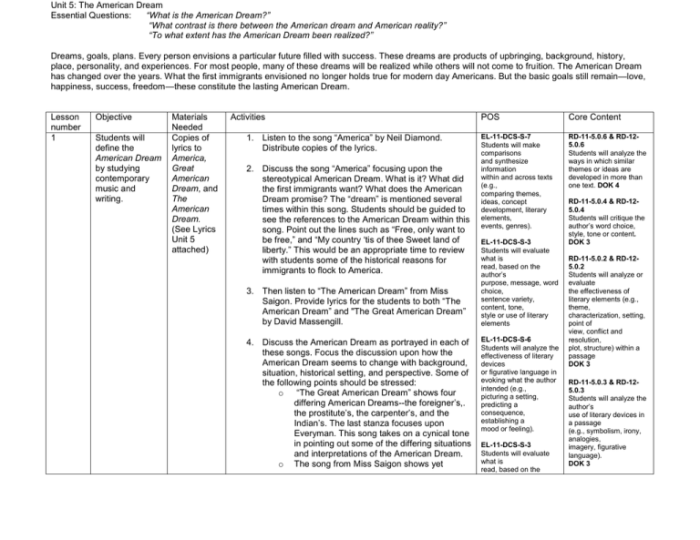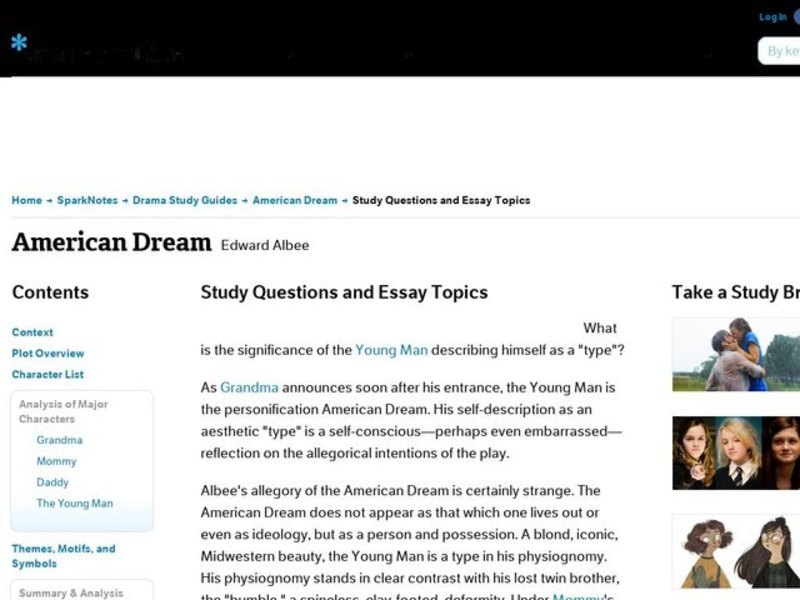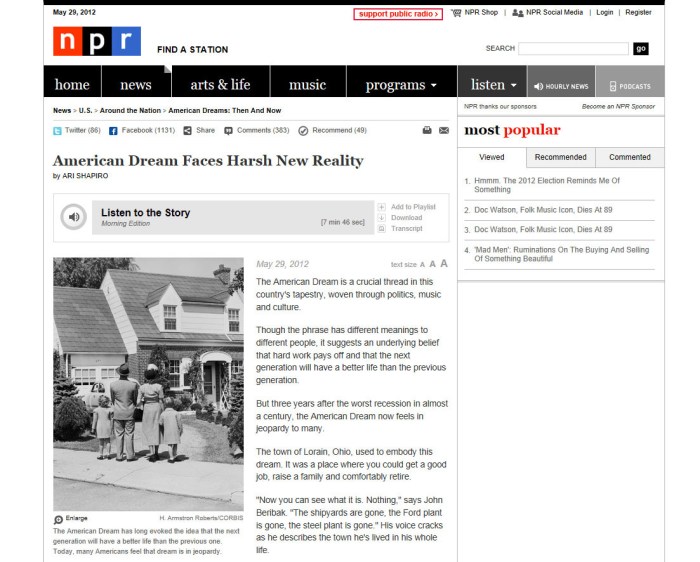The American dream faces harsh new reality worksheet answer key delves into the evolving nature of the American dream and the challenges it faces in the modern era. This worksheet explores the historical evolution of the American dream, the economic and social factors that have made it harder to achieve, and the potential solutions to these challenges.
The worksheet provides a comprehensive overview of the topic, supported by statistics, data, and examples. It encourages critical thinking and discussion about the implications of the changing American dream for individuals, society, and the future of the United States.
American Dream: Definition and Evolution

The American Dream, a cornerstone of American culture, embodies the belief that every individual has the potential to achieve success and prosperity through hard work and determination. Rooted in the nation’s founding principles of liberty, equality, and opportunity, this ideal has served as a beacon of hope for generations of Americans.
Over time, the American Dream has evolved to reflect changing social and economic conditions. In the 19th and early 20th centuries, it was primarily associated with economic mobility, particularly the acquisition of land and material wealth. However, in the post-World War II era, the Dream expanded to include access to education, healthcare, and other social goods.
Depictions in Popular Culture
The American Dream has been a recurring theme in American popular culture, depicted in countless films, novels, and songs. Examples include:
- The Horatio Alger novels, which portrayed the rise of poor boys to wealth and success.
- The film “The Great Gatsby” (1925), which explored the elusive nature of the American Dream.
- The song “Born in the U.S.A.” (1984) by Bruce Springsteen, which critiqued the broken promises of the American Dream.
Current Challenges to the American Dream

In recent decades, the American Dream has faced significant challenges, making it harder for individuals to achieve economic and social success. These challenges include:
Economic Factors
- Rising income inequality, with the wealthiest Americans capturing a disproportionate share of the nation’s wealth.
- Stagnant wages, particularly for low-skilled workers.
- Increased cost of living, especially in areas with high housing and healthcare costs.
Social and Political Changes
- Erosion of social safety nets, such as healthcare and unemployment benefits.
- Political polarization, leading to a decline in social mobility.
- Increased globalization, resulting in job losses and competition for low-skilled workers.
Statistics and Data, American dream faces harsh new reality worksheet answer key
- According to a Pew Research Center study, the median wealth of white households is ten times that of Black households.
- The Economic Policy Institute reports that the real median income for American workers has declined since the late 1970s.
- A study by the Center on Budget and Policy Priorities found that the poverty rate for children in the United States has increased since the 1990s.
Impact of Challenges on Individuals and Society

The challenges to the American Dream have had profound impacts on individuals and society:
Individuals
- Increased economic insecurity and anxiety.
- Decline in social mobility and opportunity.
- Erosion of faith in the American Dream.
Society
- Widening social and economic disparities.
- Increased social unrest and political polarization.
- Decline in civic engagement and social cohesion.
Potential Solutions and Future Prospects: American Dream Faces Harsh New Reality Worksheet Answer Key

Addressing the challenges facing the American Dream requires a multifaceted approach involving government, businesses, and individuals:
Government
- Investing in education, healthcare, and infrastructure.
- Expanding social safety nets and promoting affordable housing.
- Enacting policies to reduce income inequality and increase wages.
Businesses
- Providing fair wages and benefits to employees.
- Investing in employee training and development.
- Supporting policies that promote social and economic mobility.
Individuals
- Pursuing education and skill development.
- Participating in civic engagement and community service.
- Supporting policies that promote equity and opportunity.
Answers to Common Questions
What is the traditional concept of the American Dream?
The traditional concept of the American Dream is the belief that anyone, regardless of their background, can achieve success and prosperity through hard work and determination.
How has the American Dream changed over time?
The American Dream has changed over time, becoming more elusive for many people due to factors such as economic inequality, rising costs of education and healthcare, and a changing job market.
What are some potential solutions to the challenges facing the American Dream?
Potential solutions to the challenges facing the American Dream include investing in education and workforce development, addressing economic inequality, and promoting social mobility.